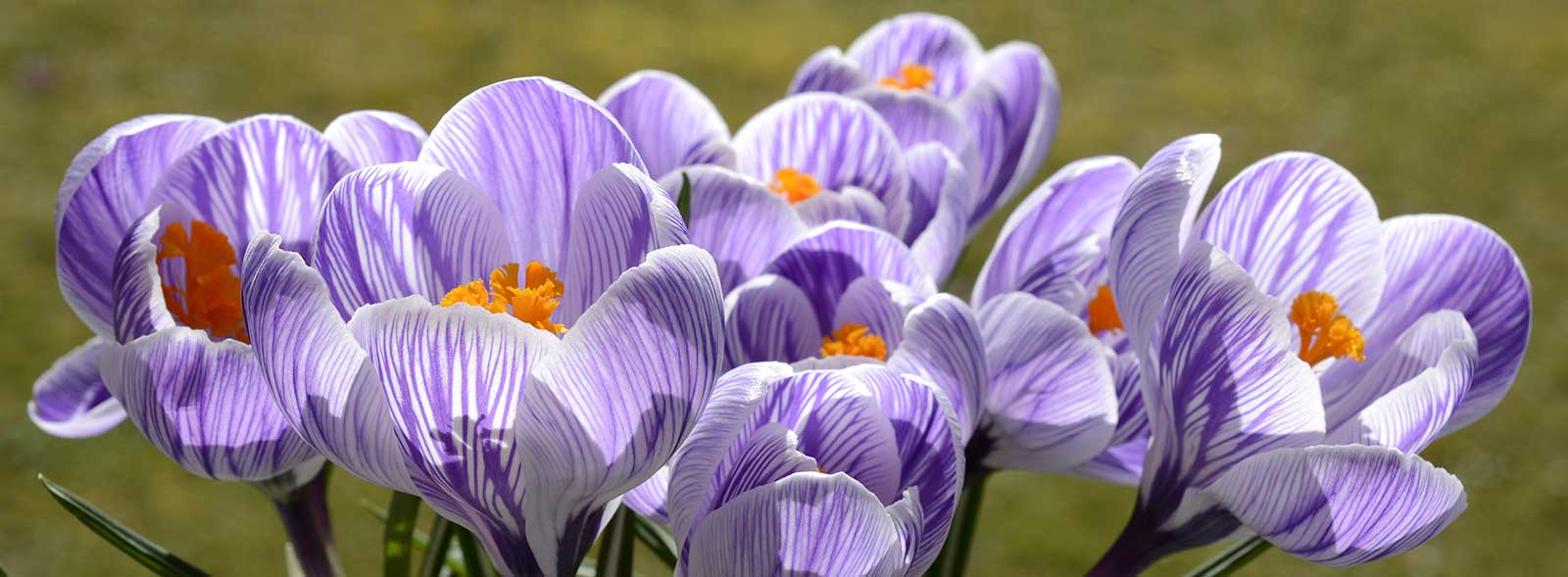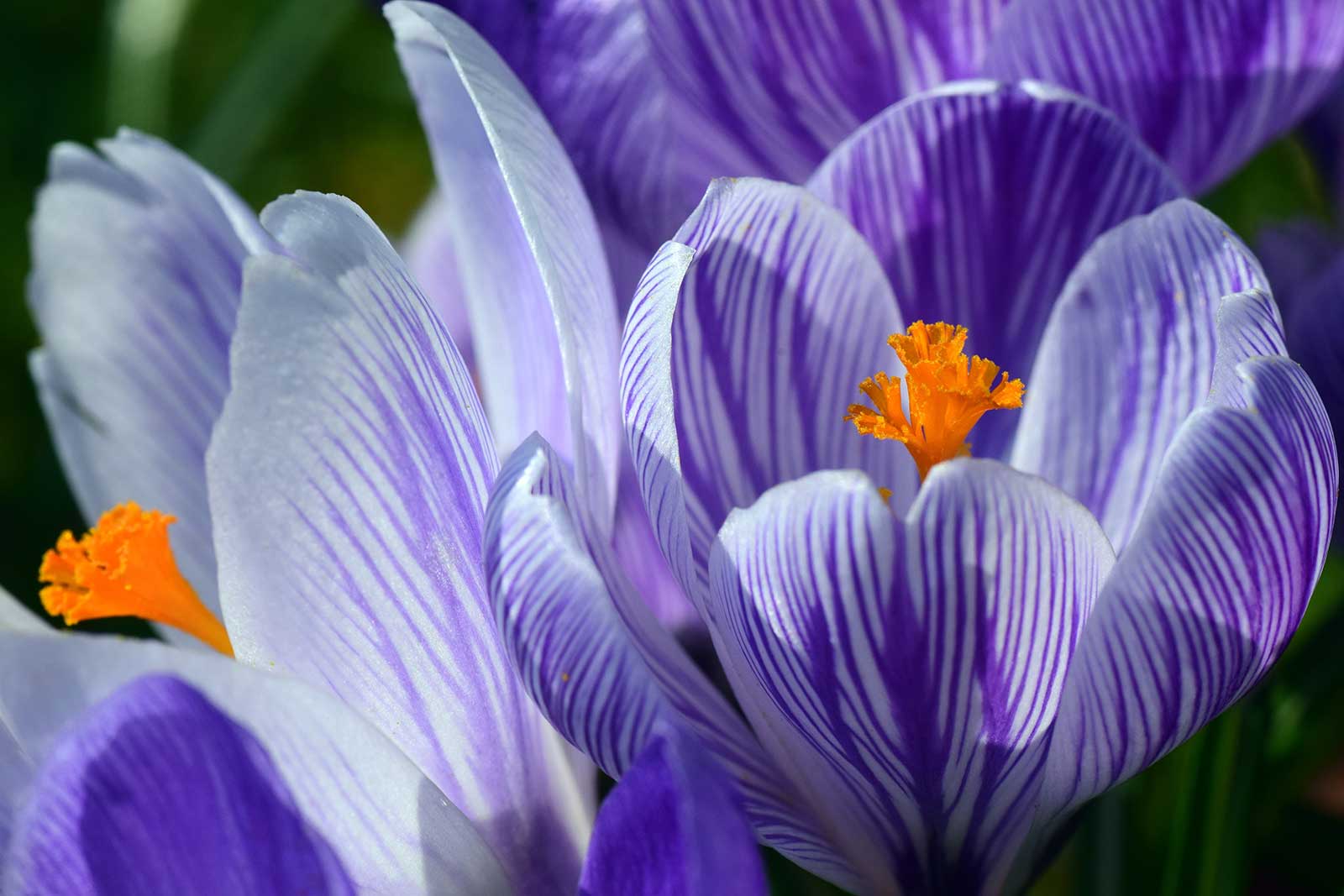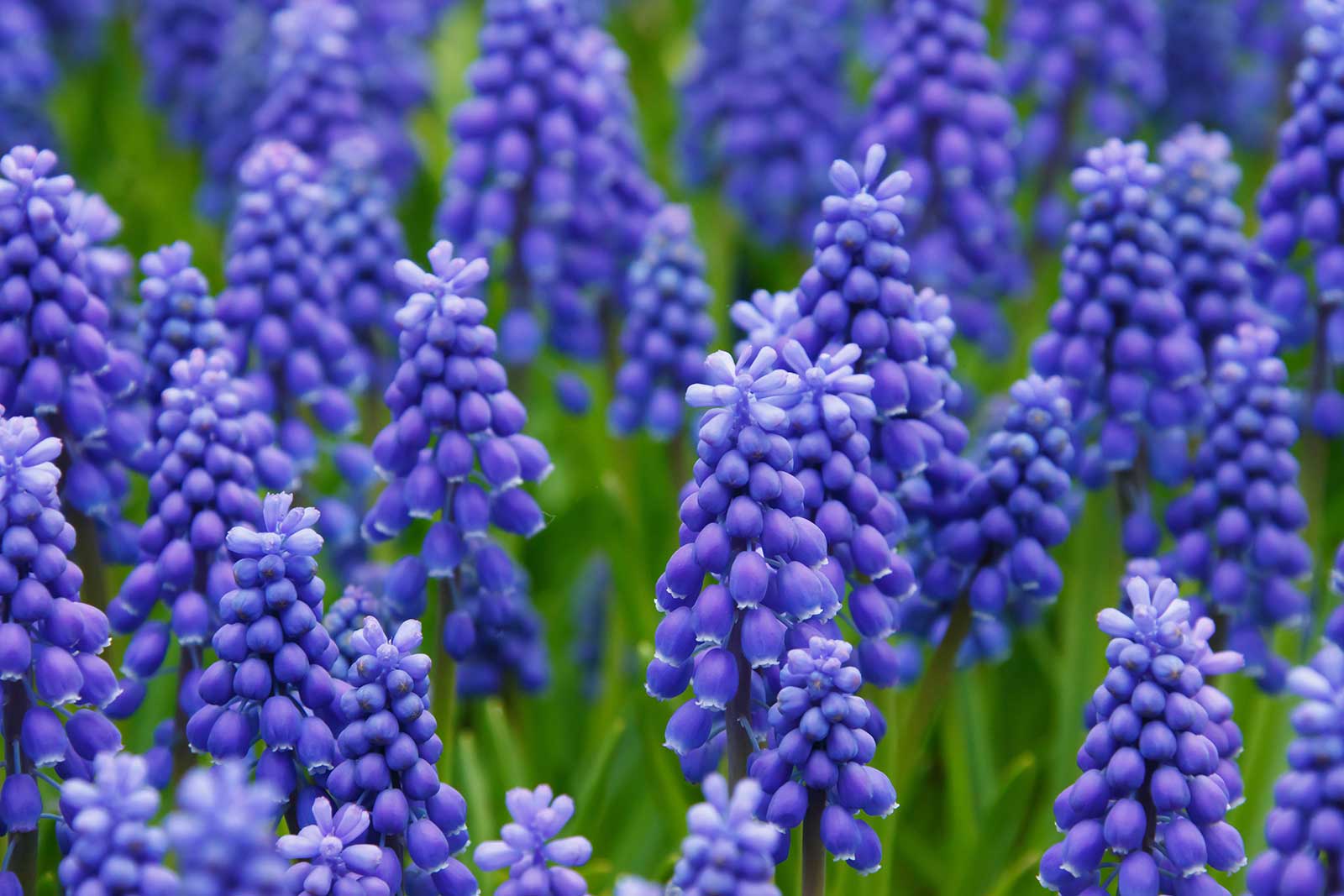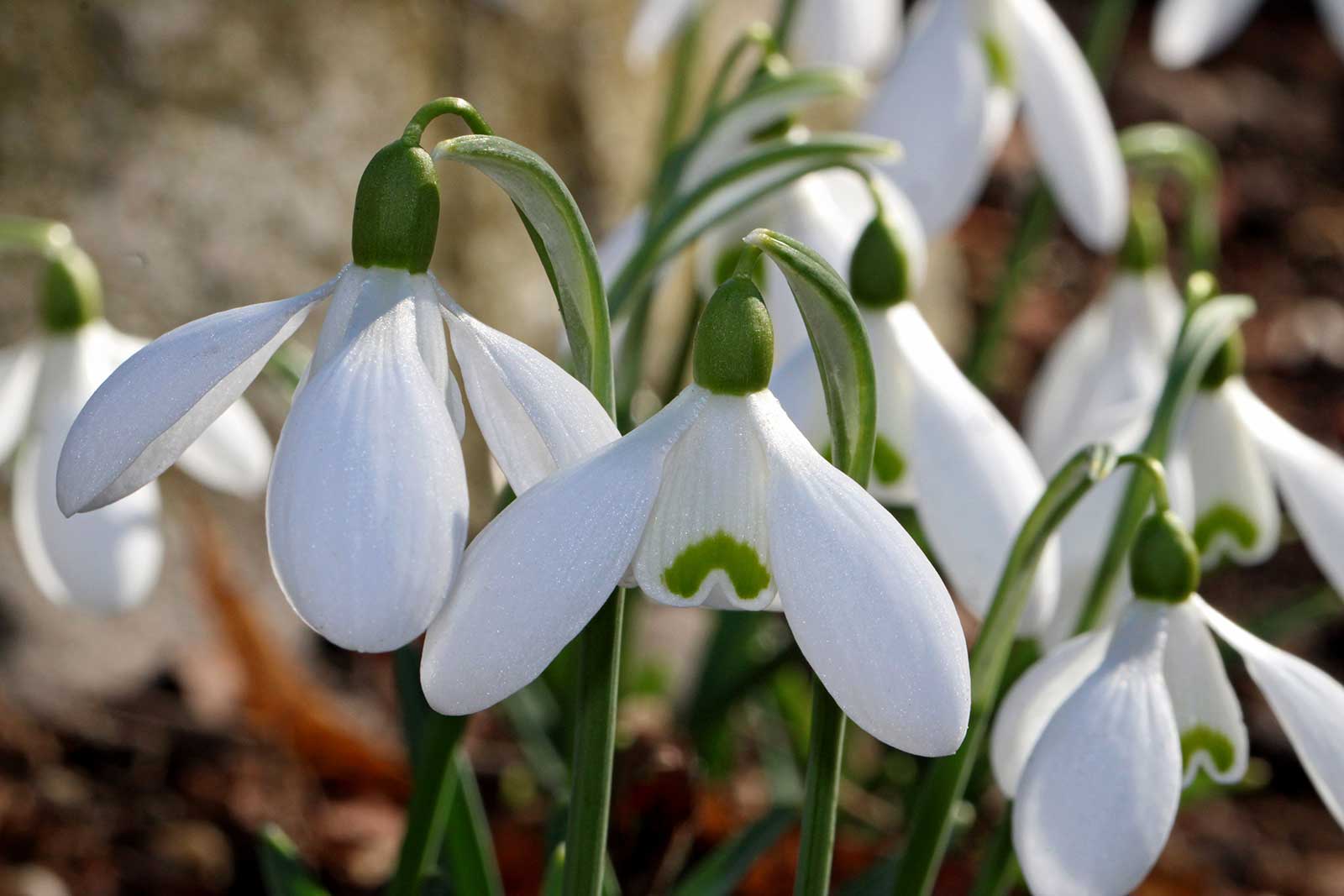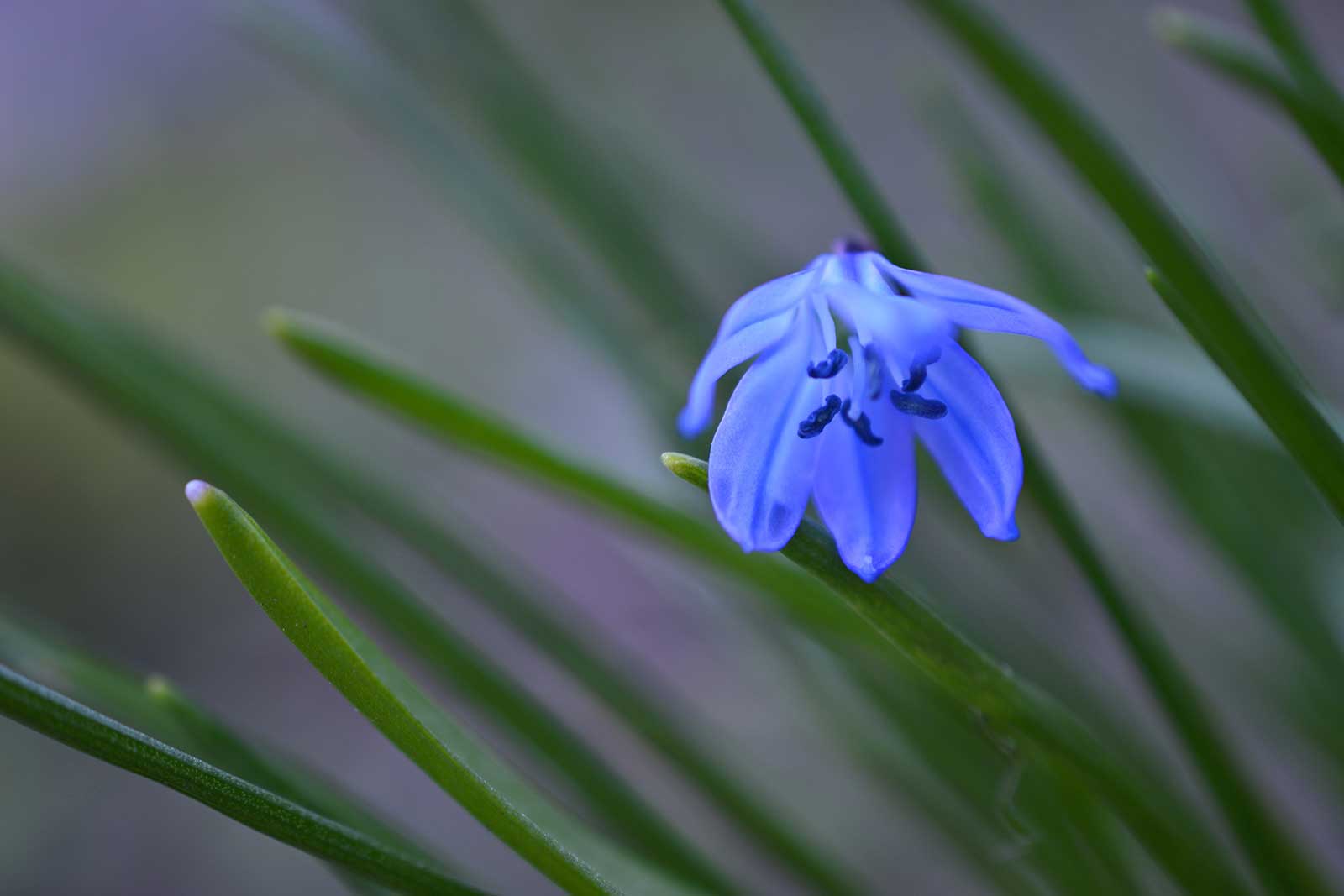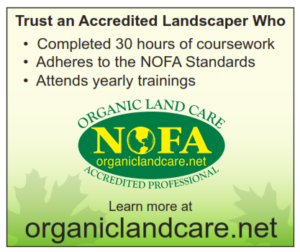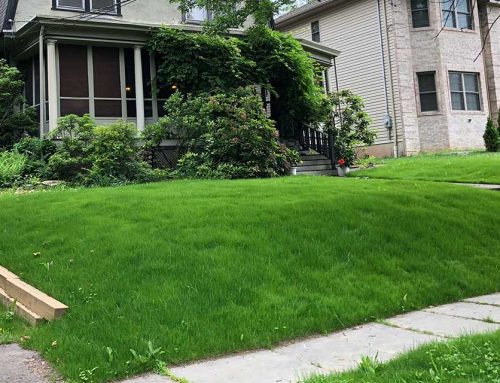Spring Flowering Bulbs
Heralds of Spring
“In the spring, at the end of the day, you should smell like dirt.”
How To Care For Spring Flower Bulbs After They Bloom
After spring bulbs burst forth and bloom, their foliage begins to fade away and then they once again go into dormancy. For this reason it is important to allow this foliage and leaf to naturally turn yellow. Don’t cut them off earlier or try to tidy up the plant for appearance’s sake. Planting some annuals or perennials, which are even better, around them to hide them is a good idea.
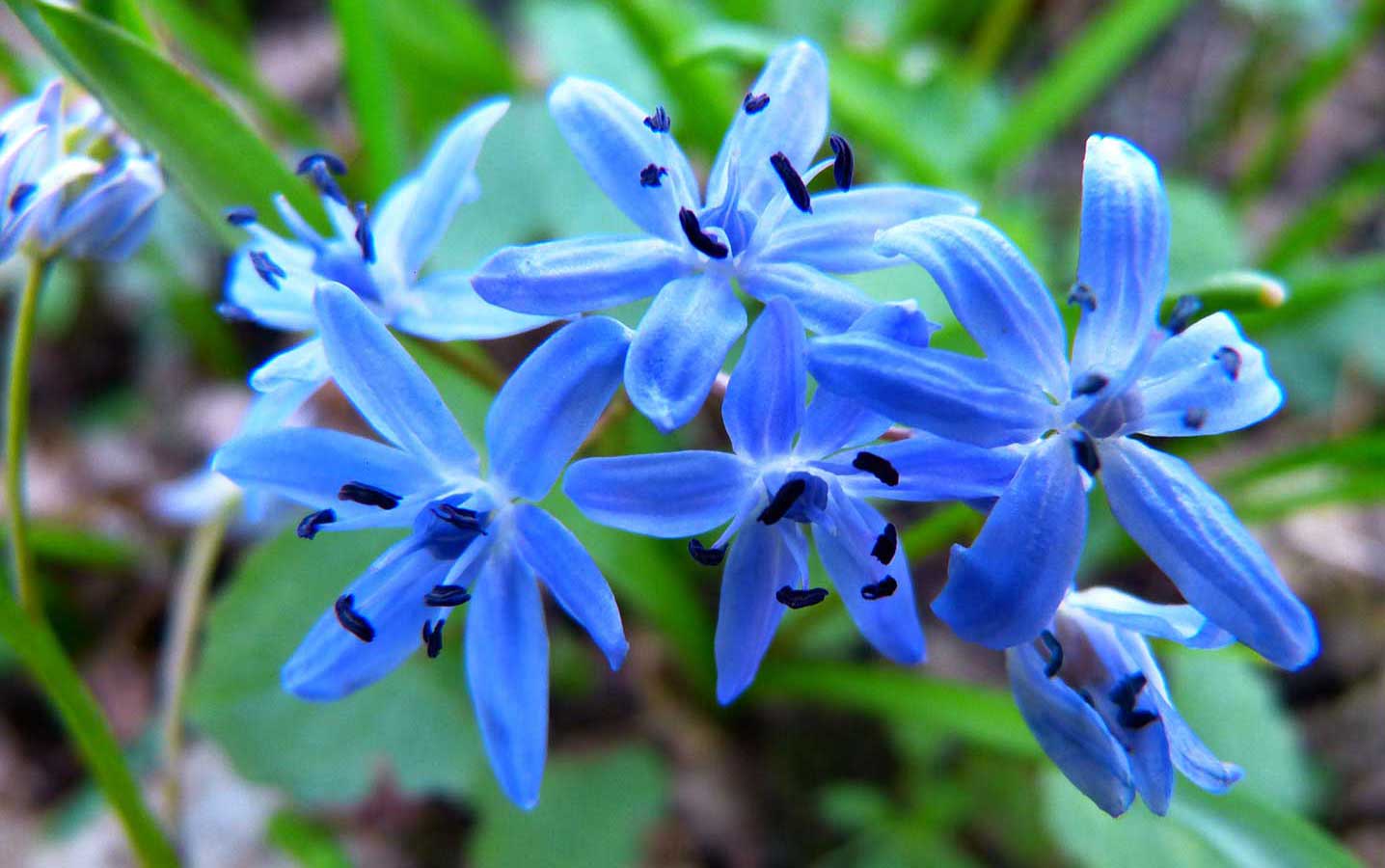 Another wise garden task to do which is beneficial is to remove the flowers on most spring bulbs as soon as they start to fade. Otherwise, your bulbs will put their energy into producing seed instead of a big crop of blooms the following year. Paying attention to your bulbs after they flower is as important as when they are blooming.
Another wise garden task to do which is beneficial is to remove the flowers on most spring bulbs as soon as they start to fade. Otherwise, your bulbs will put their energy into producing seed instead of a big crop of blooms the following year. Paying attention to your bulbs after they flower is as important as when they are blooming.
As a rule they typically don’t need bulb fertilizer on the early bloomers, especially if your soil is rich, organic and slightly damp. From the heralds of spring like the crocuses and daffodils to the final show stopping tulips and alliums, mother nature puts on a show that can last from March through May. As spring eventually turns to summer, gardeners often wonder what to do about the spent flowers and fading foliage from these spring-blooming bulbs.
The answer to that question is in itself a question. Do you treat your bulbs as annuals or perennials?
Spring Bulbs as Perennials
Snowdrops, crocus, chionodoxa, scilla and daffodils, which are early blooming bulbs, will flower year after year and multiply over time. These bulbs are reliably perennial and incredibly carefree. There’s no need to deadhead, fertilize or divide them unless they become overcrowded or you want to add them to other parts of your yard.
Hyacinths will usually bloom for several years, though the size of the flowers tends to gradually decline. Muscari and alliums will also return to bloom again if the soil is well-drained and stays relatively dry during summer and winter.
Removing Spent Flowers
Smaller bulbs, such as crocus, muscari, scilla and snowdrops, multiply by seed as well as by bulb offsets. To encourage naturalizing, it’s best to leave the flowers attached so the seeds can ripen. If you are growing tulips and trying to get them to rebloom, snip off the flowers right after they fade. With daffodils, the flowers may be removed for aesthetic reasons, but there’s no other downside to leaving them on. The seed heads of alliums can be almost as attractive as the flowers, so you may want to leave them in place. Removing them doesn’t seem to affect the performance of the bulbs one way or another. Some alliums, including Purple Sensation, will self-sow. If you don’t want seedlings, you should remove the flower heads.
Hiding or Removing Bulb Foliage
Bulbs use their foliage to produce the energy they need to form new flowers. So, if you want your bulbs to rebloom, it’s important to leave the foliage in place until it has withered and turned yellow. When the foliage can be pulled away from the bulb with a gentle tug, it’s ready to go.
The foliage of early-blooming bulbs such as chionodoxa and scilla fades away very quickly. Larger bulbs take longer; a few weeks or a few months, depending on the weather and the type of bulb. There are several ways to cope with ripening foliage. In perennial gardens, you can let the foliage of other plants hide the leaves. Hostas, daylilies, nepeta and perennial geraniums are a few of the perennials that are good at covering the spent foliage of tulips, daffodils and alliums.
Another option is to plant your bulbs in an area where you won’t mind seeing the foliage. For tulips and hyacinths, this could be perhaps in a cutting garden or even the rear part of your vegetable garden. Alliums and daffodils are ideal for wilder areas where their ripening foliage will be out of sight.
Lincoln Landscaping Inc of Franklin Lakes
“creating eco-systems”
Lincoln Landscaping “The Natural Choice”
Mike Kolenut President & CEO
https://lincolnlandscapinginc.com
(201) 848-9699

